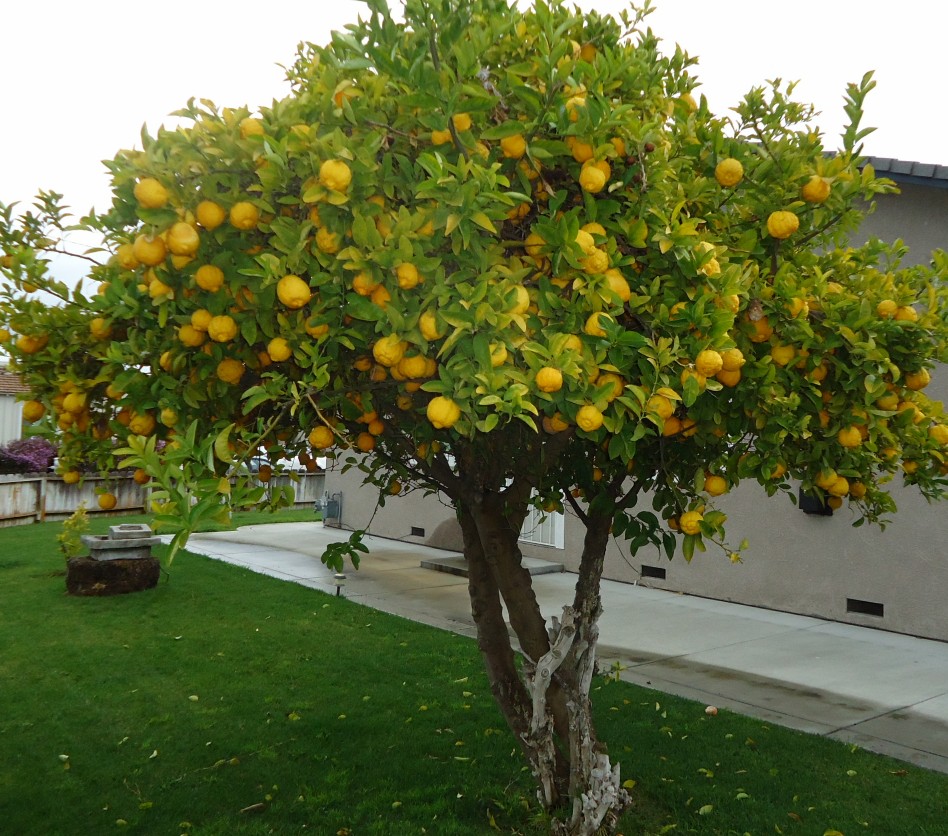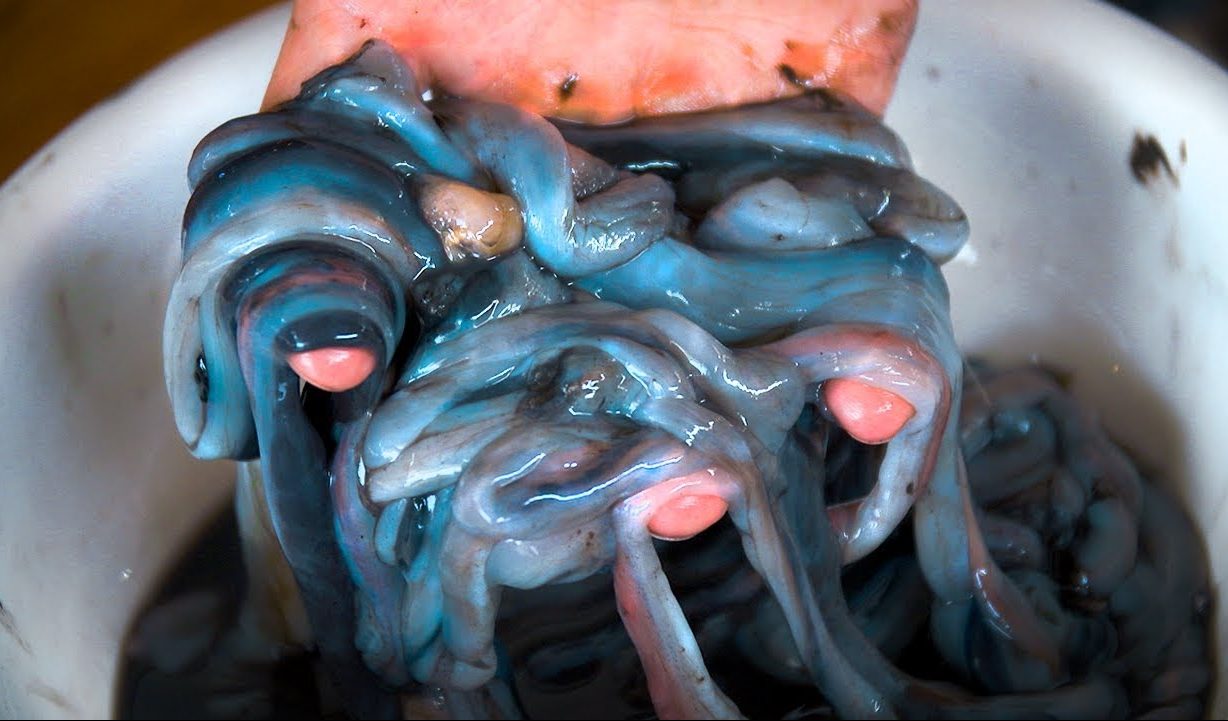10 Grocery Items You Can Buy Once And Grow For A Lifetime

Relishing nature’s edible offerings can add up when fruits, vegetables, and herbs become constants in your dishes and diet. Yet, while many of the tasty goods grow on trees, money certainly doesn’t. But there’s an alternative — do it yourself.
For several natural wonders of the kitchen, you don’t exactly need to be a farmer to grow your cake and eat it too, so don’t throw away those fruity, veggie, or herb-y leftovers! You may be able to get your next one from the garden instead of the market.
Lemons

Photo: Town and Country Gardening
We’ll start with an easy one. Just plant a lemon seed and wait for an entirely new tree that will kick butt all year in the yards of sunny turf as well as do up a solid presence indoors in regions with meaner seasons, but it’s just planting a seed. That’s really it. You won’t even feel like a farmer. You’ll feel like a superhero who can control the earth.
Carrots

Photo: Royal Horticultural Society
This actually sounds like a fun science project for kids. Chop the tops off carrots (roughly an inch), set them in a dish with some water, and leave them out to bask in the sunshine. Boom, new carrots. Side note: You may want to use a dish you don’t necessarily care about, due to the possibility of mineral stains.
Scallions

Photo: Harvest To Table
Blink and you may miss this one’s entire growth cycle. Keep an inch attached to the scallion roots and place a few in a small glass with water and you should have new scallions popping up in just days. Just make sure the roots face down with enough water to cover them. Also, pro tip: Change the water every other day so they don’t get slimy.
Pineapples

Photo: Agrifarming
Don’t wait to wind up in a tropical location to enjoy pineapples at a near-constant. Just slice off the top of the spiky fruit—about a half inch below the leaves—to grow a new one. Make sure you trim the exterior of the bottom until you can see bumpy, brown root buds. Dry it out for a few days, maybe even a week, before planting. Then get used to that sweet, tangy flavor (because, hey, you deserve it).
Lettuce

Photo: Eat Like No One Else
This is a vegetarian’s dream to discover. Take the stem of a romaine lettuce head, set it in a bowl with water (between half an inch and two inches), and leave out for good helpings of sun on the windowsill. It’s best to change water every two days or so. In two weeks, you’ll notice new lettuce, and you’ll have a new head of romaine lettuce within the month.
Ginger

Photo: CBC
Get ready to always have a ginger grow going. Considering it’s not the quickest to regrow, ginger probably doesn’t have a regular reservation at your day-to-day diet. Find a sheltered spot with filtered sunlight and plant a ginger root in rich soil that’s moist, not flooded, and wait for a new bulb to pop up ready for harvest in 8-10 months.
Basil

Photo: Gardening Know How
Time to start regularly impressing family and friends with fresh basil. Trim basil stems down to four inches or so and keep in a glass of two inches of water that gets all kinds of sunlight. When the roots push their way to two inches, which likely takes two to four weeks, move them to actual pots to await a full plant.
Cilantro

Photo: On the Green Farms
Take up a similar move with cilantro, by keeping the stems in a glass of water, which you should then plant in a pot of soil once they seem long enough. Make sure they get plenty of sunlight. You will be hyped on progress in just a few weeks, can enjoy fresh cilantro in a few months, and shall earn a reputation as wisest cook in town forever.
Sweet Potatoes

Photo: Garden Snips
This one, you’ve got to go fresh from the get-go. Buy a good sweet potato. If it’s sprouting, that’s a plus. Place it in a mason jar half-filled with water with room for good sun. Change the water periodically to avoid mold. Once the sweet potato sprouts (or keep sprouting), wait for them to get four to five inches in length and then pull them off. Place the sprouts in a jar of water until roots start popping about. From there, plant them in a pot with ten inches of soil and wait for the goods to come. Keep in mind they don’t dig on cold weather and take months to grow. Planting in springtime or early summer is the best call.
Avocados

Photo: Daily Gardening Tips
This one’s a bit more work than the others, but it’s worth it because avocados are delicious and anyone who tells you otherwise has never tried them. Remove your avocado pit (likely with a blade) and rinse it under cold water so it’s clean. This is key because it’s going in water instead of soil, so you want to avoid anything funky on your pit.






















